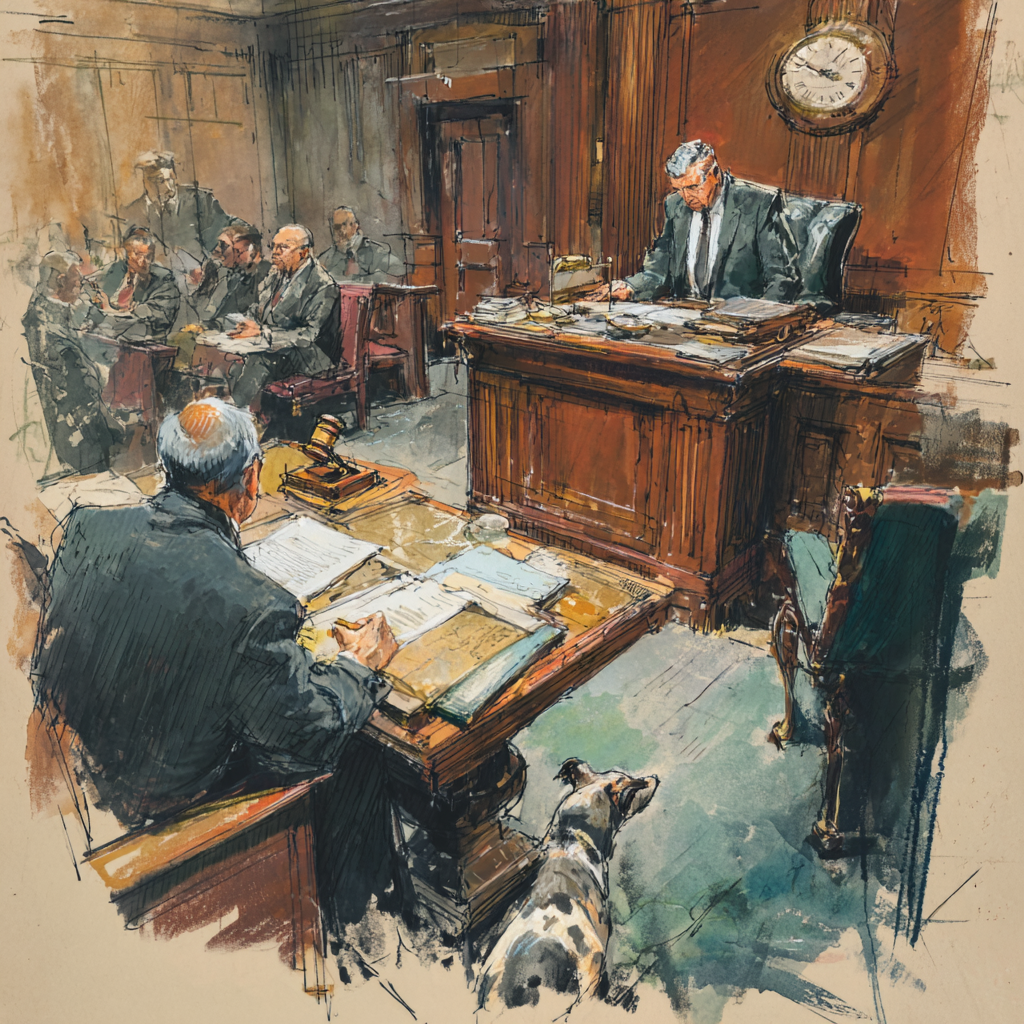Since many PIP disputes center around MRI scans, it seems fit to discuss a New York Times article that involves the efficacy of MRI Scans. The piece was published on March 1, 2009 and is entitled: “Good or Useless, Medical Scans Cost the Same”
My question: Will this allow “discovery” or “additional verification requests” in relation to certain MRI’s. For example, if a knee or shoulder MRI is a pre-requisite for surgery, will an insurance carrier seek the make, model and quality of the MRI machine as well as the actual films and deny the MRI (as well as the surgery) based upon the poor quality of the MRI machine and the films that result from the same? Read this article and ponder the above….
When Gail Kislevitz had an M.R.I. scan of her knee, it came back blurry, “uninterpretable,” her orthopedist told her.
Readers shared their thoughts on this article.
Her insurer refused to pay for another scan, but the doctor said he was sure she had torn cartilage that stabilizes the knee and suggested an operation to fix it. After the surgery, Ms. Kislevitz, 57, of Ridgewood, N.J., received a surprise: the cartilage had not been torn after all.
She had a long rehabilitation. And her insurer paid for the operation. But her knee is no better.
More than 95 million high-tech scans are done each year, and medical imaging, including CT, M.R.I. and PET scans, has ballooned into a $100-billion-a-year industry in the United States, with Medicare paying for $14 billion of that. But recent studies show that as many as 20 percent to 50 percent of the procedures should never have been done because their results did not help diagnose ailments or treat patients.
“The system is just totally, totally broken,” said Dr. Vijay Rao, the chairwoman of the radiology department at Thomas Jefferson University Hospital, in Philadelphia.
Radiologists say a decent M.R.I. scan should have clearly shown whether the cartilage in Ms. Kislevitz, a meniscus, was torn. But bad scans, medical experts say, are part of a growing problem with medical imaging.
Many factors contribute. Insurers pay the same for a scan done on a 10-year-old machine as one on the latest model, though the differences in the images can be significant.
Insurers do not distinguish between scans that are done poorly or done well or read by less- or more-qualified doctors. Aside from mammography, whose standards were established by a law that went into effect more than a decade ago, the field is largely unregulated. And increasingly, doctors refer patients to scanning centers they own and profit from.
Ten years ago, the age of a scanner might not have mattered so much. Now, said Dr. Gary Glazer, the chairman of radiology at Stanford, technology has advanced so much that the older scanner “is not the same machine.”
“I can tell you from my experience that between those extremes the gap is huge,” Dr. Glazer said.
Yet, he added, many scanning machines used today are a decade old.
Imaging centers can, if they choose, become accredited by the American College of Radiology. That requires, among other things, scanning a phantom, a device that simulates a body part. Technologists must also be certified, and there are standards for supervising physicians. And the scanners must be regularly assessed to ensure they are properly functioning.
But many centers are not accredited, although the percentage is not known because there is no national registry of imaging centers.
Accrediting will be partly addressed by a little noticed aspect of a wide-ranging Medicare law passed last year. After it goes into effect in 2012, Medicare will pay only for scans done at accredited centers. But imaging experts say the law fixes only part of the problem. High-tech scanning is complicated, and there is no consensus on objective measures to ensure quality. Even with the new law, there is still little assurance that scans will be appropriately ordered and interpreted or that a scanner will be up to date.
Radiologists are struck by the wide variation in the quality of scans, and they say there is little patients can do other than to ask why the scan is necessary and, if it is, to ask about accreditation, the credentials of the person reading the scan and the age of the scanner.
“The studies I see coming from the outside vary from marginal quality to very good quality,” said Dr. Chris Beaulieu, a Stanford radiology professor. “Some of it is related to equipment, and some is related to people with very good equipment who don’t know how to use it right. And on the interpretation side, there is also a very wide range of quality or accuracy, in my opinion.”
Interpretation can be crucial, Dr. Beaulieu added. “A good radiologist can sometimes accurately read scans off of a lower-quality scanner,” he said. “I see that all the time. A good radiologist and a lower-quality scan could be better than a bad radiologist and a good scan.”
But logical as it might seem to pay more for a better scan, there are problems. Health insurers have no way of knowing whether scans are good, said Susan Pisano, a spokeswoman for America’s Health Insurance Plans, a trade group. Doctors, not insurers, receive the images and reports, and all insurers can do is notice if there are frequent requests to redo scans from a particular center.
“We see a lot of poor-quality scans,” said Dr. Freddie Fu, the chairman of the orthopedic surgery department at the University of Pittsburgh Medical Center. “I joke with the patients: The insurance pays the same amount of money for the scan. You get a hamburger somewhere else and a prime rib here for the same price.”
Another concern is the growing number of doctors who refer patients for imaging done by scanners they own and profit from. Studies have found that up to 3.2 times as many scans are ordered in such cases
In
a
recent report, the Government Accountability Office said nearly two-thirds of the money Medicare paid for imaging was for scans in doctors’ offices. And, the report added, doctors were receiving an ever larger part of their income from providing scanning services. Not only were patients more likely to have scans if a doctor did this, but the quality of some of the scans was questioned.
“No comprehensive national standards exist for services delivered in physician offices other than a requirement that imaging services are to be provided under at least general physician supervision,” the G.A.O. wrote.
Private health insurers were concerned, too. “These are alarming patterns that have also been observed in the private sector,” America’s Health Insurance Plans wrote in a response to the G.A.O.
It is clear why self-referral can be tempting, said Dr. Bruce Hillman, a radiology professor at the University of Virginia.
“It’s all profits,” Dr. Hillman said, adding that a group of doctors can make an extra $500,000 to $1 million a year simply by acquiring a scanner.
For now, radiologists said, patients and insurers are often in a bind.
“If you are going to buy a car,” said Dr. Beaulieu, the Stanford professor, “and you have a certain amount of money to spend, you know what you are getting. You know what you will get if you buy a Yugo or if you buy a BMW.”
But with imaging, Dr. Beaulieu said, “you don’t know: you might get a Yugo and you might get a BMW.”










One Response
This statement is incorrect. The Mri strength of a magnet made 15 years ago is the same as a new one. There are more bells and whistles on a new mri unit but if you have a good mri tec and you do an mri just for say on a patients lumbar spine with a 1.5 Tesla Magnet that was built in 1995 and you do the same mri following the same protocols on a new magnet the images will be the same. Of course a new magnet is easier and better to work with and you can do more studies faster on them but MRI technology has not changed regarding the field strengths.I have had patients have there images redone on my 1996 Picker 1.5because they were illegible and they were done prior on a brand new Siemens 1.5 system.It has a lot to do with the mri Tec like I said before.